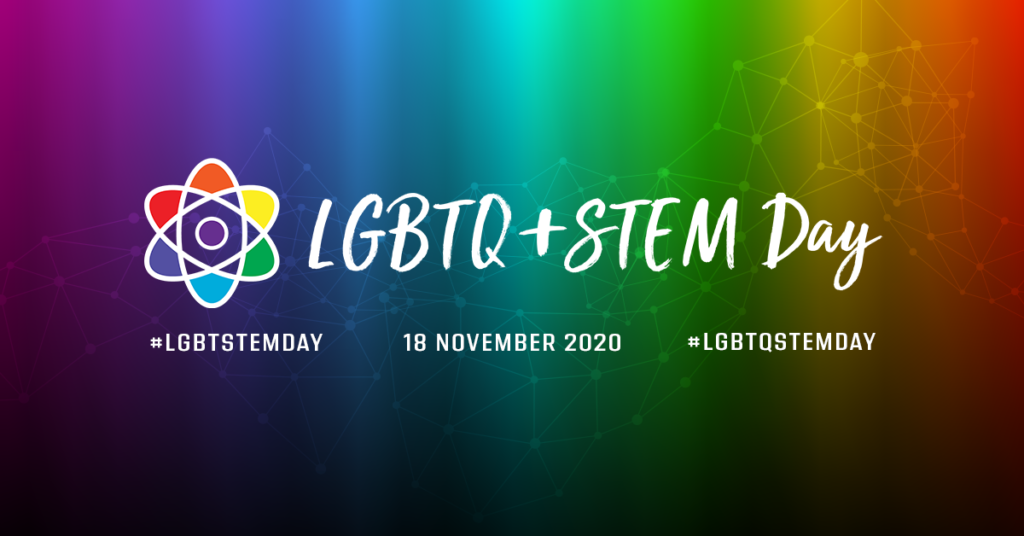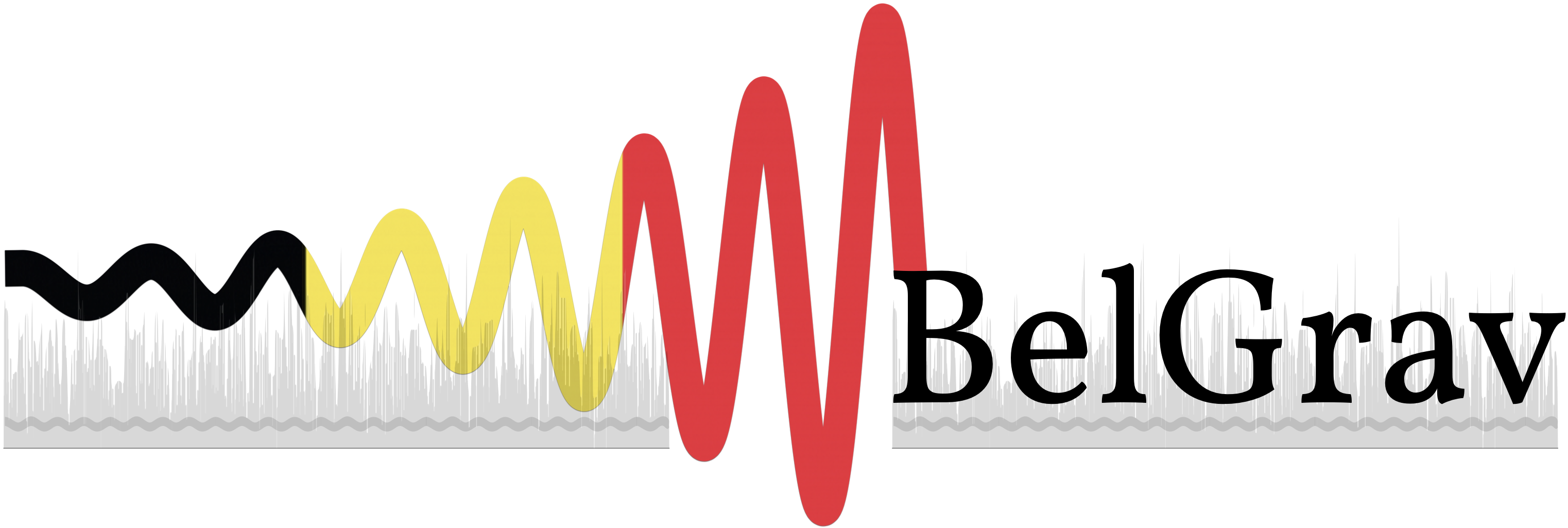November 18th may not be significant to most people. However, November 18th is an important day for lesbian, gay, bisexual, transgender and queer (LGBTQ+) people in science, technology, engineering and mathematics (STEM). Not only do we raise awareness about LGBTQ+ in STEM on this date, it is also symbolic for Frank Kameny’s fight in the US Supreme Court against workplace discrimination.1 Kameny was an American astronomer and was fired based on his sexual orientation, resulting in his legal battle. He then went on to devote a large part of his life to gay activism.2 Today, an uncountable number of LGBTQ+ people are still fighting against workplace discrimination in many countries around the world. By giving examples of situations and my own personal experiences, I hope to do my part in furthering thought and discussion for the LGBTQ+ workplace environment.

Imagine that you arrive at work, you walk towards your desk and pass your colleagues’ desks. On some of the desks, there are pictures depicting happy memories with loved ones. How many of these pictures belong to an LGBTQ+ person? I believe, probably very few or none at all. From personal experience, I can think of two reasons as to why I would not put a picture of my partner on my desk.
The first one I can think of, is simply fear of judgement. Even though a lot of progress is being made with LGBTQ+ rights, heteronormativity remains in our society. Heteronormativity means that heterosexuality is regarded as the normal or preferred sexual orientation, and therefore reinforces the fear of judgement for anyone who differs from it.
The second reason I would not display a picture of my partner is that such a picture, and thus my sexual orientation, is too personal or private. It feels as if putting a picture of my partner on my desk is forcing my sexuality on others. However, as Ron Buckmire points out: “People think it’s a private thing. But no. If someone [man] has pictures of their wife and kids on their desk, they are automatically advertising their sexual orientation.”3
I believe the fear of judgement and rejection influences more choices than solely whether we decide to put a picture with our partner on our desk or not. It dictates how much of our true selves we are willing to show to other people. Someone at work once asked me if I had a girlfriend, while I was actually in a relationship with a man. My brain froze for a moment. Answering his question positively would simply be lying, whereas just saying “no” would feel disrespectful of my partner and myself. However, at that moment, it seemed like the fear of judgement dominated over self-respect, so I answered the question with a simple “no”. The conversation ended there.
A few months later, the same question resurfaced, but this time, it was different. The person asking the question had previously made reference to an LGBTQ+ person. Mentioning this was probably something meaningless for him, but for me, it meant that the odds of him accepting my sexuality were in my favor. And indeed, after I told him I had a boyfriend, it was clear that my sexual orientation did not matter to him.
I think Michael Ramsey-Musolf sums it up pretty well: “I think the vast majority of my physics colleagues want to do the right thing. But as with other gender and minority issues, there are parts of the community that are not all in that place, or people are not always aware, so there is a need to raise awareness and educate our colleagues about what the reality is for sexual and gender minorities. You never know when you might encounter prejudice. You can still worry whether it is safe to be out.”3 It is exactly this uncertainty that feeds our fear of judgement and rejection.
You might think that none of this applies to you or your workplace. For example, you might be convinced that there are no LGBTQ+ people in your work environment, simply because no one has openly come out as LGBTQ+. It is not necessary to have a PhD in any field to realize that this reasoning has flaws. It is a typical ostrich mentality that prevents us from creating an inclusive workplace.
Many reasons why no one has come out as LGBTQ+ can be thought of: they could have been scared of judgement or did not feel comfortable, or even safe, to come out at work. Although this might be stating the obvious, Tom Welton said: “A place becomes inclusive by including. It’s about being friendly, being welcoming. It’s about listening with interest to someone else’s experiences, and without dismissing or judging them. That is the attitude we should have with everyone who is different from us. Just treat the people in front of you as the diverse bunch of extraordinary human beings they are.”4
Today, on November 18th, we raise awareness about LGBTQ+ scientists in STEM fields all around the world. Small changes that make the workplace a more inclusive place for all can be implemented very easily and immediately. Ask about someone’s partner (and not about their boy or girlfriend), talk about something related to LGBTQ+ or even bring up something that was on the news the night before about LGBTQ+ rights. As Leslie Kerby said: “I think there are two ways a difference is made. Policies and laws are one way. The other is person to person. It’s slow, but I think it’s very deep. I have seen people really change their minds.”3 Breaking the taboos about LGBTQ+ at work starts by acknowledging them. Be LGBTQ+ friendly. Be inclusive. Be human.
-Kevin Turbang, Physics PhD student (kevin.turbang@vub.be)
1 “LGBTQ+ STEM DAY.” Pride in STEM, 31 Oct. 2020, prideinstem.org/lgbtstemday/.
2 Gay Rights Epicenter Named Landmark.” Gay Rights Epicenter Named Landmark – USATODAY.com, 27 Feb. 2009, web.archive.org/web/20110114224533/www.usatoday.com/news/nation/2009-02-27-gay-rightshome_N.htm.
3 Feder, Toni. “LGBT Physicists: The Interviews.” Physics Today, American Institute of Physics, 27 Feb. 2015, physicstoday.scitation.org/do/10.1063/PT.5.9034/full/.
4 Powell, Kendall, et al. “How LGBT+ Scientists Would like to Be Included and Welcomed in STEM Workplaces.” Nature News, Nature Publishing Group, 19 Oct. 2020, www.nature.com/articles/d41586-020-029493?fbclid=IwAR2hO_IRnXDrETIWN8lXTpWeI4kViWGuYcTYuDntH3udZeiASH_tefmtkyM.
